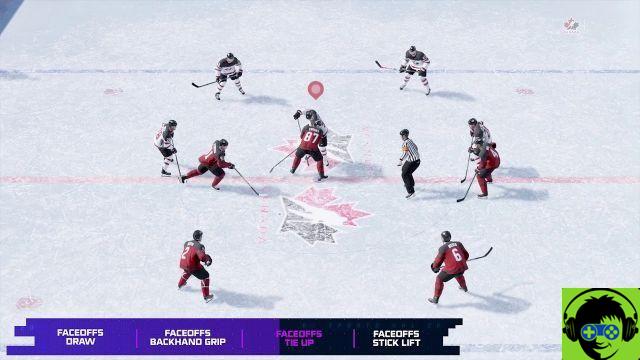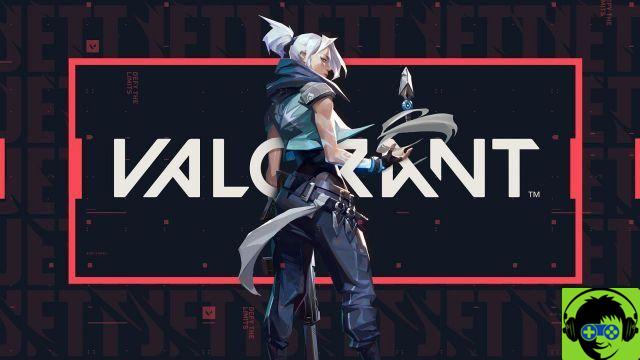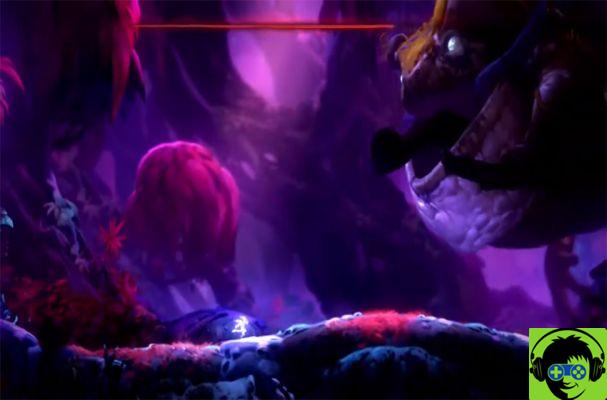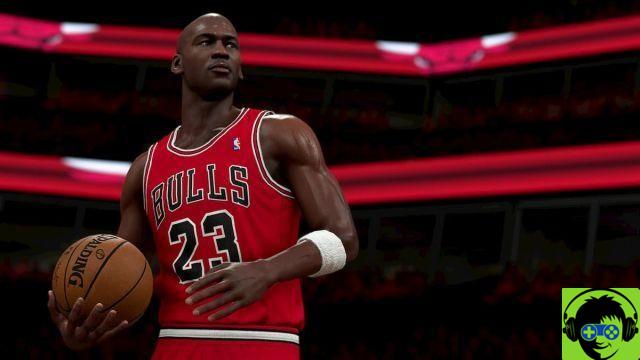
Before we move on to the different techniques, there are a few things to note when considering how to win a face-off. First and foremost is timing: to make a move on the puck, the key is to use your technique after the puck has been released, but before the puck hits the ice and the closer you get to the puck hitting the ice, the better chance you have of winning. Another thing to consider that no matter how well you do with timing or how much advantage you gain with technique, your face-off stat determines the greatest advantage. Also, keep in mind that as you head towards the circle, the technique you charge before the puck drops is telegraphed, so be sure to change your stance as close to picking up the puck as possible.
What we're going to do here is describe the different faceoff techniques, how to perform them, and under what circumstances they would be useful.
Back forehand
Before the puck falls, you'll want to hold the right analog stick on the player's dominant hand - right if they're right-handed and left if the player is left-handed - then roll the right analog stick back. when the puck is released and as close as possible to the puck touching the ice. You'll know you're doing it right because the player will change position when you tilt the right analog stick.
This is probably the easiest technique to pull off, which is not just about breaking the stick on the ice but also countering the simplest technique, so keep that in mind when doing a face-off, especially if you are playing online.
Forehand stick lift
Another forehand faceoff technique, this one is a bit more sensitive to timing. This one requires you to move the right analog stick to the dominant hand - right for right-handed people, left for left-handed people - then, just as the puck hits the ice, rotate the right analog stick forward. . From the forehand position, the player will attempt to lift the opponent's stick so they can protect the puck and pass. The destination of this pass depends on where you point the left analog stick. This requires a little more finesse but is more effective than the other forehand technique.
Generally speaking, players with better face-off and face-off statistics seem to get better results from using this face-off technique, so it is probably not better to use this technique. in Be A Pro with a recruit that you develop, from the start.
Reverse back
Backhand poses are for players who feel a little more confident in their face-off ability as it depends heavily on timing and good stats. This technique is performed by holding the right analog stick in front of the player's dominant hand - to the left for right-handed people and to the right for left-handed people - before the puck drop, then when the puck falls and as close as possible when the puck hits the ice, swing the right analog stick back.
This face-off technique, if performed well, can work very well in many face-off scenarios. However, it can be a bit of a gamble as there are a lot of times you could lose the face-off. whatever you do, depending on your stats and what the opponent decides to use against you.
Backhand stick lift
Much like the forehand stick lift, this technique requires a bit more confidence and finesse to pull off than its usual technique in this position. To perform this technique, you must tilt the right analog stick in front of your player's dominant hand - right for lefties and left for righties - before the puck is released and, when the puck is finally released and also close to the puck hitting the ice. as much as possible, move the right analog stick forward. This technique works technically very similar to the forehand stick lift but performs the technique on the backhand, throwing your opponent and requiring a much more stable hand.
Much like the forehand stick lift, you need to hold the left analog stick to direct the puck towards one of your teammates once the technique is successful and the puck is yours. Like any technique used to win backhand faceoffs, this is a bit of a gamble as it requires good timing, good stats, and recognition of your opponent's position.
Tie-Up
Tie-up is a good technique to use when you need to get the opponent out of play and you can trust the winger to dive in and move the game forward quickly. You can perform this technique from any position, so feel free to tilt the right analog stick left or right before the puck is released. Once the puck is released, however, push the left analog stick up, and your player will attempt to tie up their opponent with their body and stick, leaving the puck for a winger to grab it.
This is one of the easiest techniques to perform and it is perhaps one of the most confusing to look forward to as it can be flexibly removed from either position or even without a position. It depends almost entirely on your face-off stat and is fine if you are unsure of your opponent's reaction to the game.
Deke / Tir
This is one of the riskiest and potentially the most rewarding ways to win a face-off. To deke on the face-off point, hold the L1 button for PS4 and LB for Xbox One before the puck is released, then press the right analog stick forward as the puck is released. The timing is absolutely ruthless with this one and depends not only on your face-off stats, but your manpower and deke stats as well.
While it's not as risky, it doesn't mean that every situation requires a shot out of the face-off and it won't always pay off. To shoot from the face-off point, you can have either position active, meaning you can tilt the correct analog stick back and forth, but be sure to let go when the puck falls and press forward just as the puck hits the ice, as if you were taking a snapshot.
These face-off techniques are flashy and don't necessarily involve your teammates in the game, not to mention that they don't necessarily try to maintain puck possession, which is the point of a face-off. which means that they could backfire in a big way. I wouldn't recommend trying these techniques until you are very confident in your faceoff skills.
There is a lot of variety in what you can do in the faceoff circle outside of the basic puck sweep and hopefully this guide will help you build up the offense and win games.
Be sure to also check out our review of NHL 21, which was released on October 16, 2020 for PlayStation 4 and Xbox One.


























